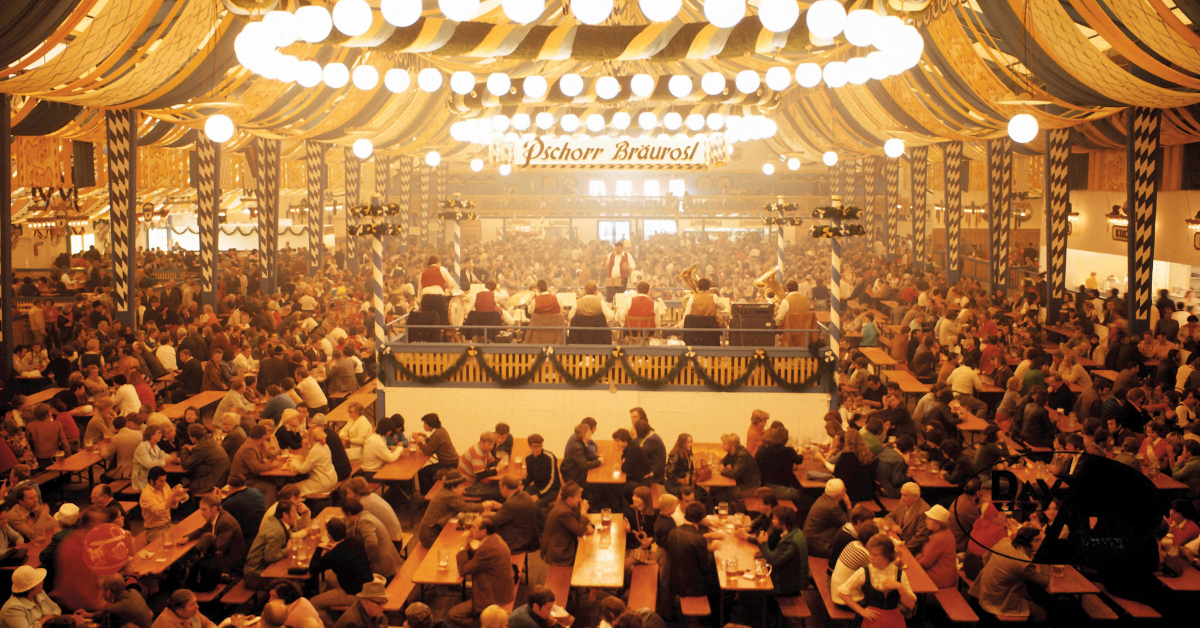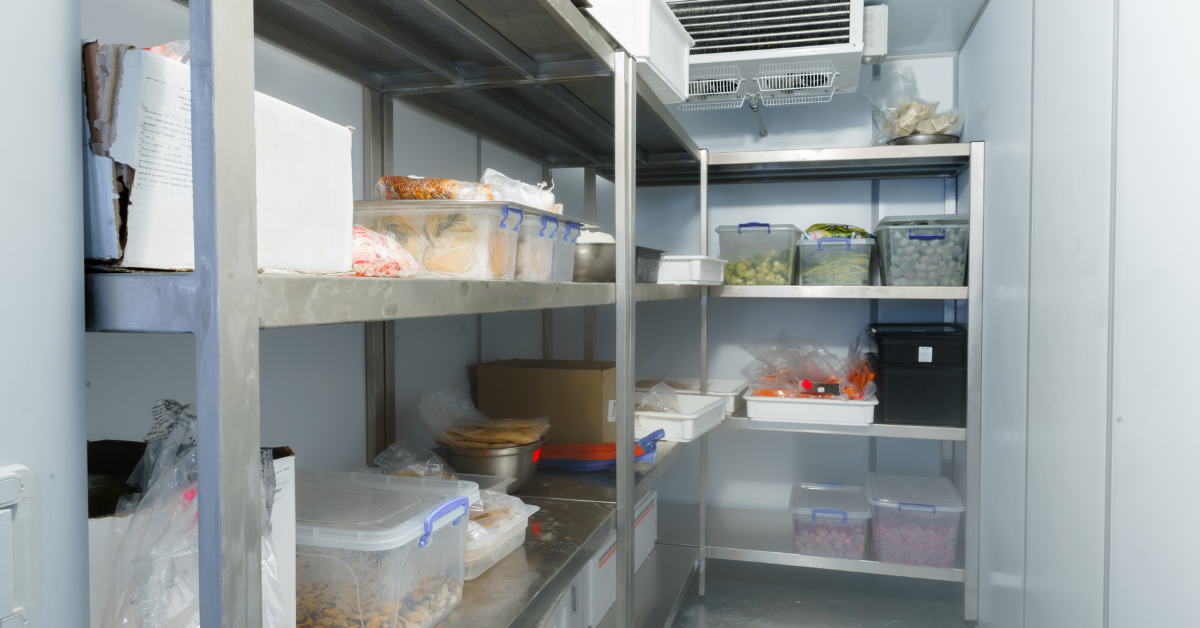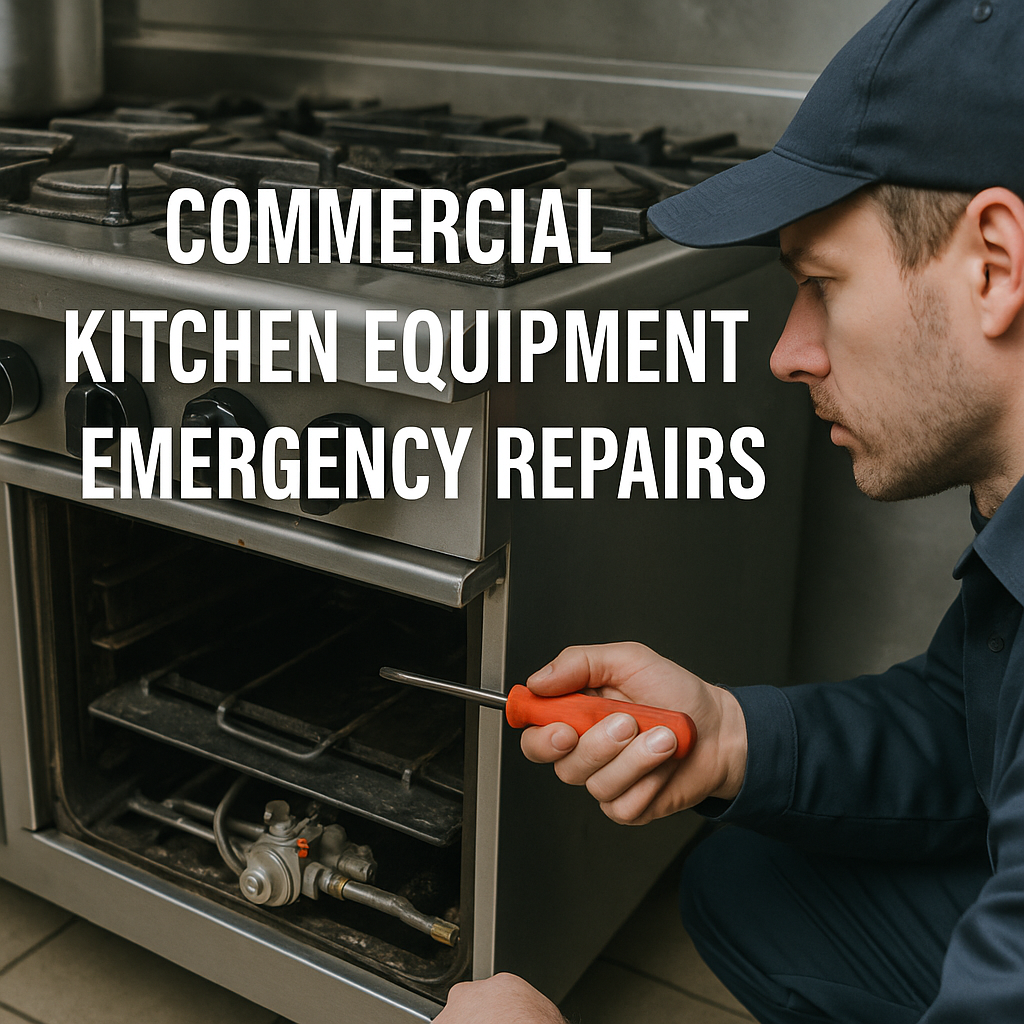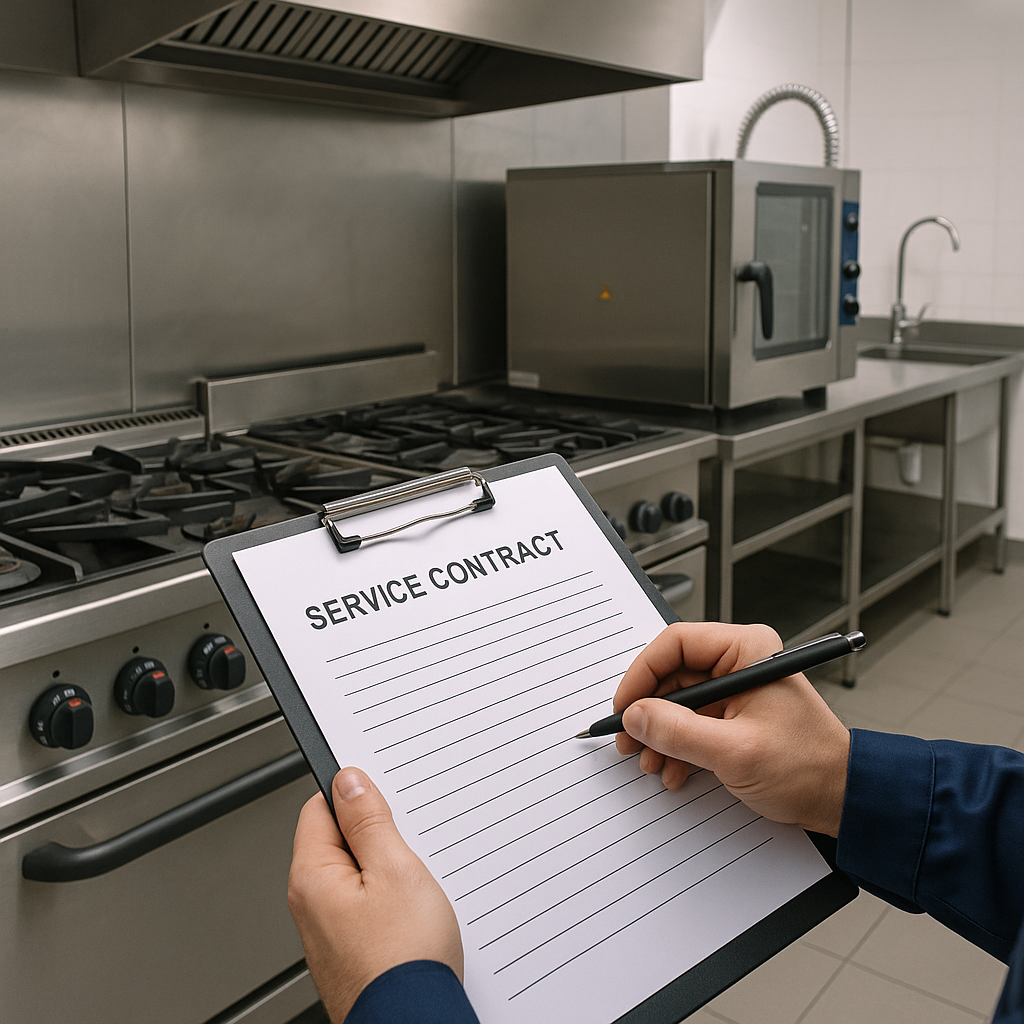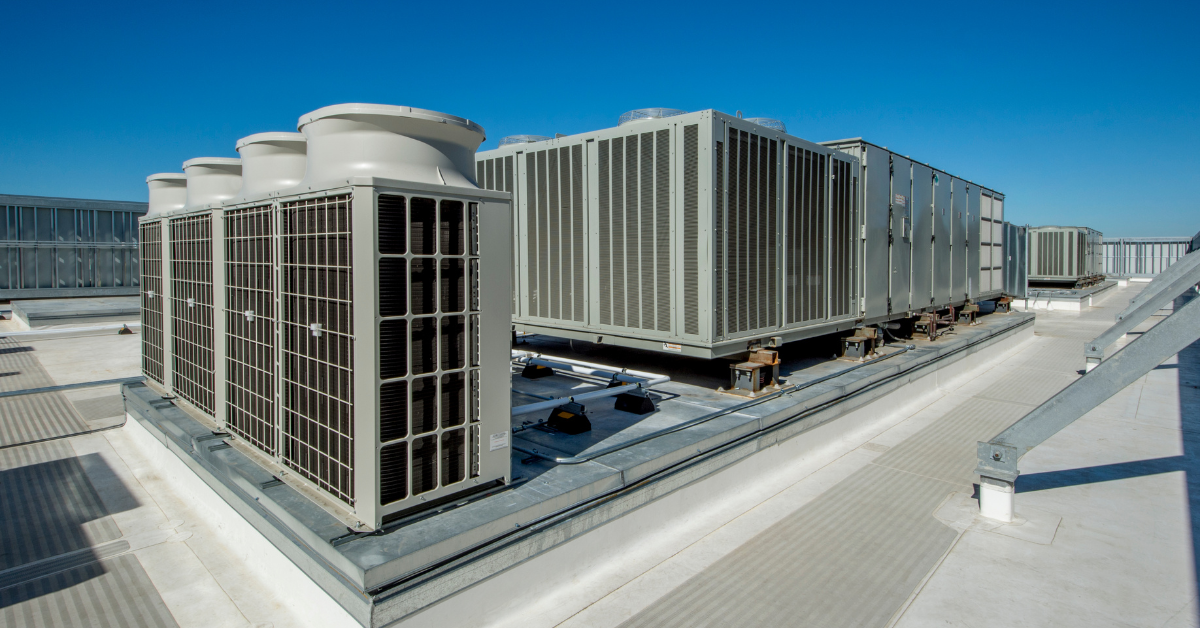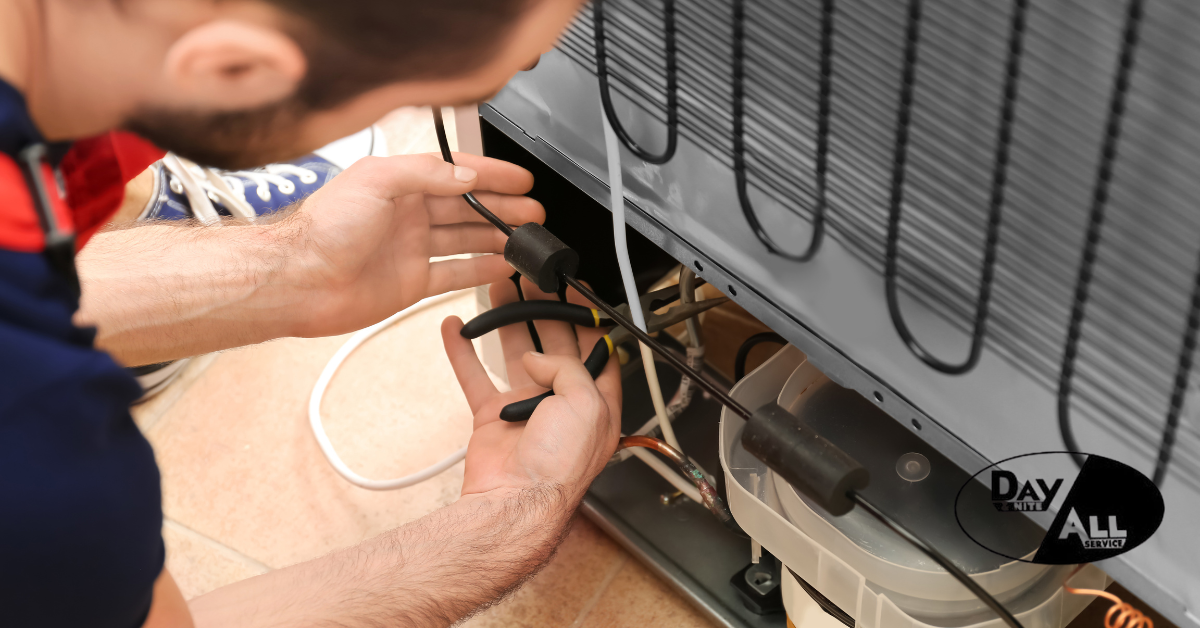Behind every perfectly chilled pint served at a packed stadium or bustling beer garden, there’s a symphony of commercial refrigeration systems humming quietly in the background—keeping the beer cold, the lines clean, and the flow relentless. And for venues serving thousands of thirsty fans? Precision isn’t a luxury. It’s survival.
From our perspective—boots-on-the-ground in the world of commercial refrigeration—it’s clear: the best beer tap systems are engineering marvels. They’re not just about cool factor (though they’re extremely cool); they’re about scale, timing, and the power of flawless cold-chain logistics.
Mass Beer Dispensing: It’s Not a Party Without Planning
At a massive sporting event, one lost degree in temperature can mean foam-filled disaster. A failed glycol chiller during a music festival? Suddenly, you’ve got 500 customers holding warm brews and burning social media down in real time.
Designing a high-performance beer tap system for a crowd of 10,000+ requires more than just extra kegs. You’re looking at:
-
Multi-zone temperature control, for different beer styles—lagers want 34°F, IPAs prefer closer to 40°F
-
Redundant cooling lines, so that if one compressor gives out, the whole system doesn’t fall like a drunk domino
-
Long-draw tap line engineering using glycol-jacketed tubing, keeping beer icy-cold over 100+ foot runs from remote coolers
-
CO2 and mixed gas balancing, ensuring the right pressure for pour speed without blowing off carbonation
-
High-volume pour automation, allowing bartenders to serve multiple pints simultaneously without sacrificing quality
It’s not just beer—it’s fluid dynamics meets refrigeration mastery, and we know it well. See how we put 38 miles of refrigeration lines in Citi Field, New York.
The Giants: Where the World’s Biggest Tap Systems Live
Few places flex the scale of beer like the Raleigh Beer Garden in North Carolina. With over 390 taps, it holds the Guinness World Record for the most beers on tap in a single location. Maintaining that kind of setup isn’t about aesthetics; it’s about advanced walk-in refrigeration, line management, and real-time flow monitoring. Every beer on their menu has its own refrigeration requirement. That means separate zones, dedicated lines, and perfect CO2 calibration.
Meanwhile, over in Germany, Munich’s Hirschgarten isn’t just the largest beer garden—it seats 8,000 people under its leafy canopy. While it leans more traditional, the cold storage required to serve that many guests quickly and consistently would humble most industrial kitchens.
Then there’s Oktoberfest, which moves more beer in two weeks than some cities do all year. We’re talking millions of liters, served from mobile refrigerated tanks through temporary—but meticulously managed—tap networks. Failures? Not an option.
Future Flow: What’s Next in Tap Tech
Looking ahead, the game is changing. Smart self-serve beer taps are exploding in popularity. Venues are moving to RFID-enabled taps that allow customers to pour their own beer, pay by the ounce, and track consumption. These systems require ultra-precise refrigeration and pressure control to keep every pour consistent and self-cleaning between uses.
And it’s not just beer anymore. Draft cocktails—yes, espresso martinis and negronis on tap—are turning traditional bar programs upside down. But they come with their own commercial refrigeration challenges: liquor viscosity, citrus sediment, and varying storage temperatures. Any venue rolling out cocktails on draft better have a tech partner who gets the refrigeration science and the artistry.
Why Day & Nite / All Service Is the Go-To for Commercial Refrigeration and Beer Systems
Here’s the truth: even the most beautiful beer tap setup can fall apart if the refrigeration behind it isn’t bulletproof. That’s where we come in. Day & Nite / All Service doesn’t just install commercial refrigeration—we design it for performance. For volume. For real-world punishment.
We know how to build systems that stay cold under pressure, pour clean every time, and keep you running through the longest shift of the year. Whether you’re a craft brewery trying to scale up, or a 60,000-seat stadium prepping for playoffs—we’re the techs you call when cold matters.
Want help planning your next beer system? Let us show you what precision looks like—tap to tank, and every line in between.

